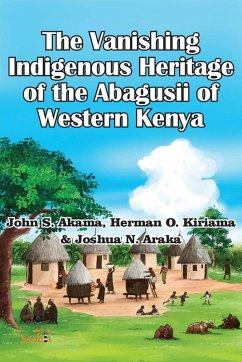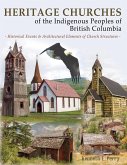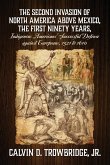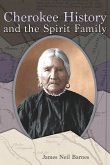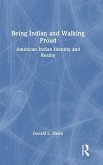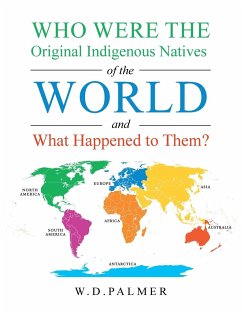Abagusii are a Bantu-speaking group found in South Western Kenya, also called the Gusii region. Like other indigenous communities in the world, the people of Gusii have a rich heritage that captures their history and culture. The community's heritage is at the core of their identity. For instance, Abagusii were deeply spiritual, be it in the administration of justice, an individual's conduct or relationships with others in the society. As the community settled down, some places became more important to them. Some of these sites assumed spiritual significance. Others became historical with inscriptions that predate the arrival of the group on present-day Gusii. Places such as Ngoro ya Mwaga, at the base of the Manga Ridge, were important to the spiritual lives of Abagusii. It was sacred, and clear rules governed the manner of conduct while visiting the location. Other locations like the caves in Sameta have rock-inscribed writings that have stood the test of time. They predate the group's arrival in that land. Some developments saw the transformation of people's lives, such as the building of the first watermills, which substantially eased the tedious work of preparing cooking flour. This book points to the potential these places hold for present-day Gusii, Kenya and the world. As the authors write, 'It is also important to note that other than satisfying the social-religious needs of the local community, if well managed and presented, these sites can become a source of cultural heritage tourism.' Not only would this promote the heritage of the people of Gusii but also become a source of revenue for the two counties of Kisii and Nyamira. Further, the work underlines the importance of preserving the sites, and the heritage they represent, for future generations and the world at large. Unfortunately, as the land sizes decline in Gusii, there is encroachment and (in many cases) destruction of what was once sacred. When such destruction takes place, it goes with the historical and cultural representation it holds.
Hinweis: Dieser Artikel kann nur an eine deutsche Lieferadresse ausgeliefert werden.
Hinweis: Dieser Artikel kann nur an eine deutsche Lieferadresse ausgeliefert werden.

